03 Aug 2023
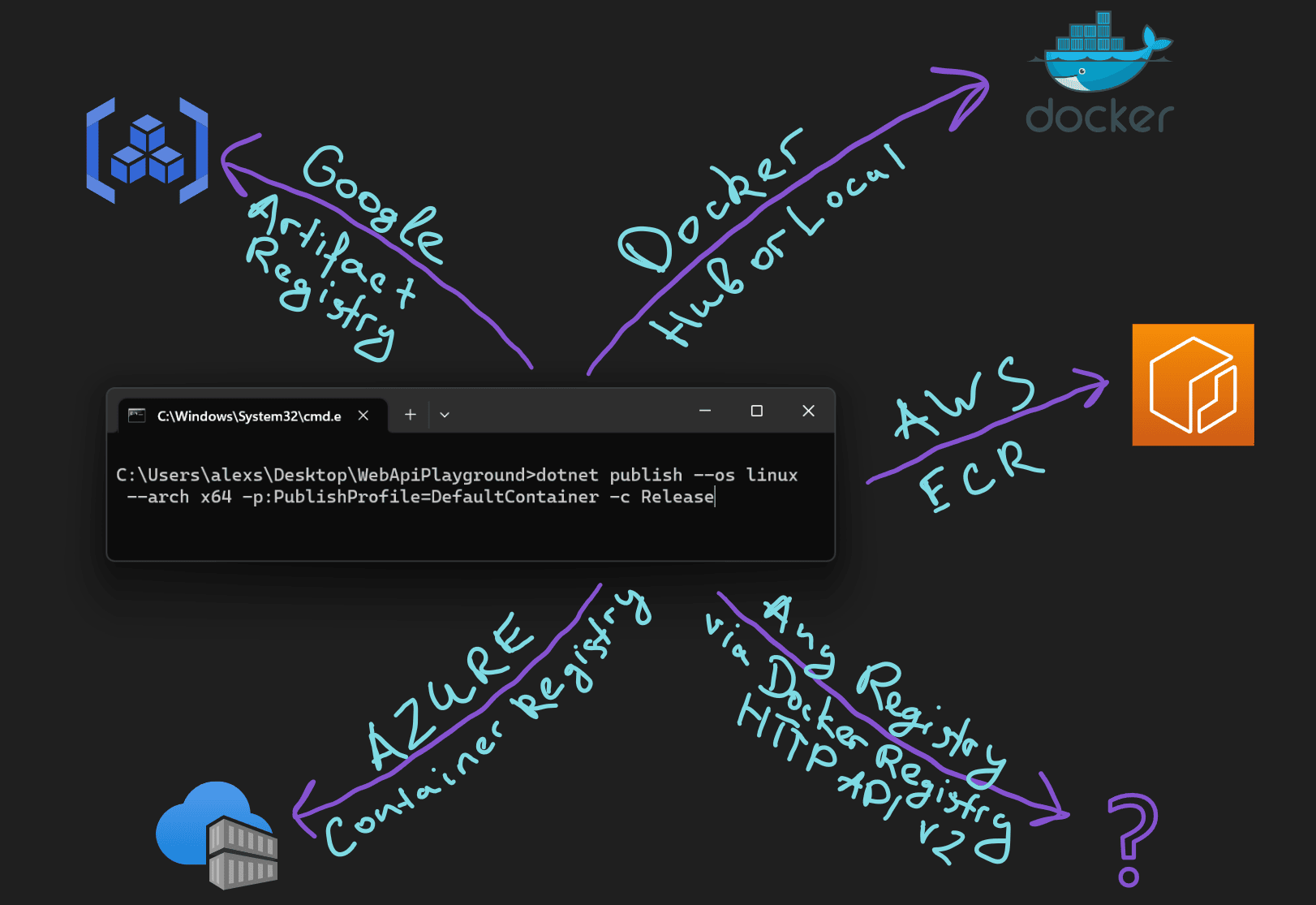
In the previous article we explored how we can generate docker images of .NET applications and push them to the local Docker Desktop daemon.
Let’s now review how we can push a Docker image to a remote registry. We’ll be using Azure Container Registry as our destination, although the process is similar for all Docker Registries.
>>> Continue reading <<<
03 Aug 2023
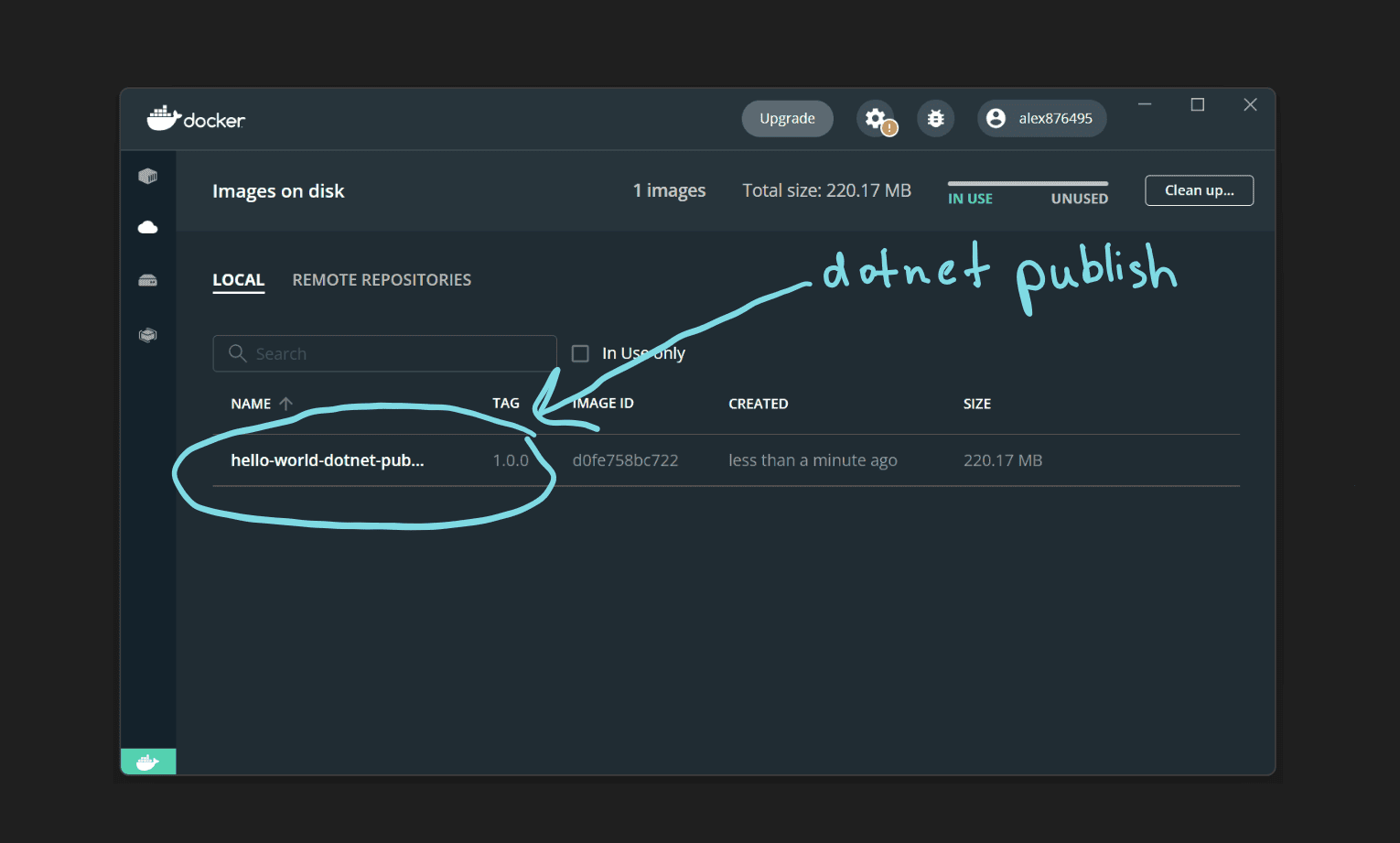
Docker is a very convenient tool for writing, testing and especially for deploying software. Wide adoption of Docker Containers by all Cloud Providers has made it the default approach for enterprise software deployments.
Historically we have been using a combination of Dockerfile and Docker CLI to build and publish docker images. Starting with .NET 7, we can achieve the same by using dotnet publish command.
Today we are exploring how to containerize a .NET application with dotnet publish, configure it inside .csproj file and publish to the local Docker Desktop.
>>> Continue reading <<<
31 Jul 2023
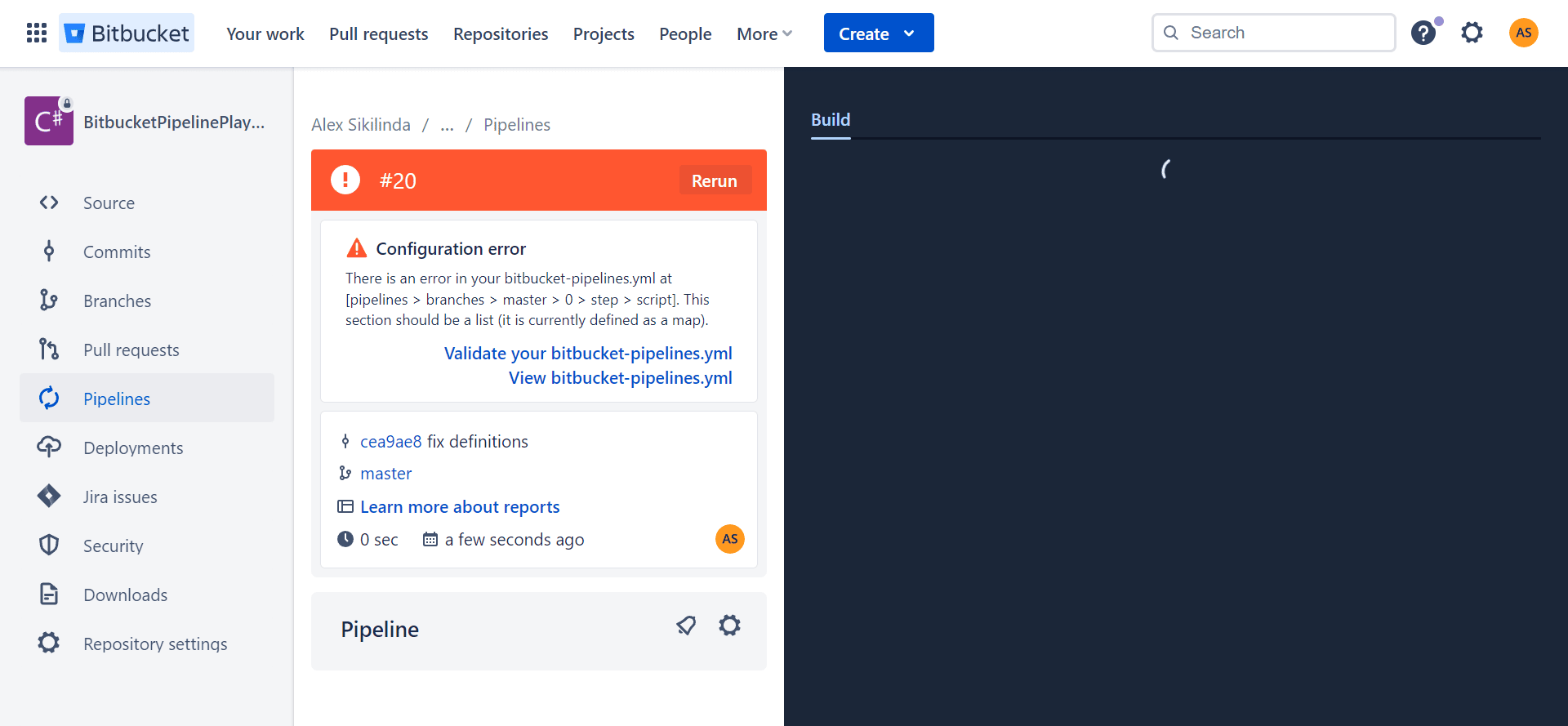
We’ve all been there, editing bitbucket-pipelines.yml can be challenging. Bitbucket’s online validator is very handy, but it can produce false positives sometimes.
In this article, we take a look at bitbucket-pipelines.yml which passes Bitbucket’s validator but fails in the pipeline with This section should be a list (it is currently defined as a map). error. We also discuss tools that provide better local validation.
>>> Continue reading <<<
30 Jul 2023
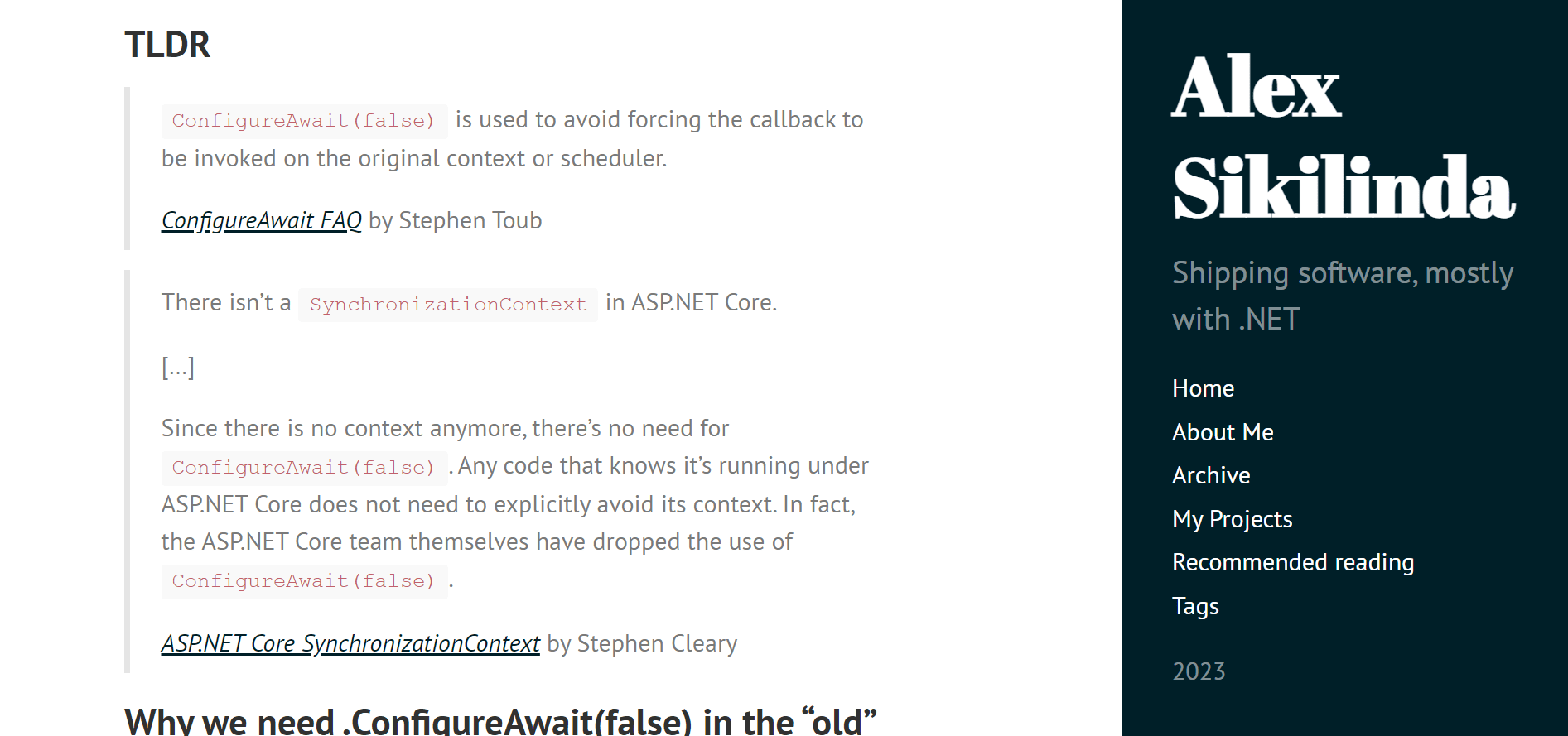
It’s been a long time since I started this blog, and I was never very too happy about the design, but now it’s finally changing.
The new design switches to a dark mode, introduces new fonts and styles, fixes some bugs and hopefully gives a better experience overall.
This post was created only for sentimental purposes - to keep a screenshot of the old look. Anyway, hope you will like the new design, and let’s say goodbye to the old one!
>>> Continue reading <<<
28 Jul 2023
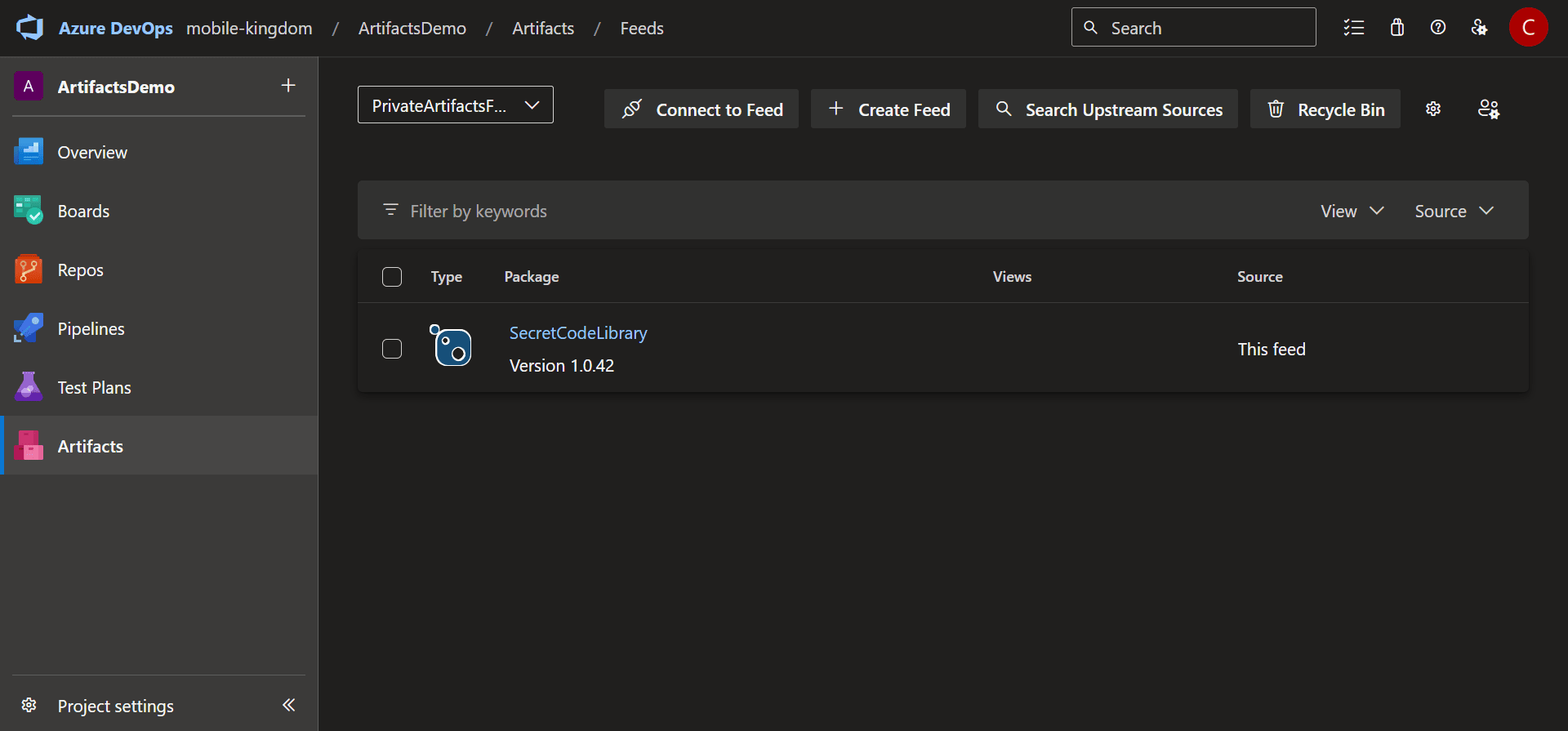
After the recent MyGet outage, some of their users are going to be migrating to other private feed services. Major git repo hosting providers, such as GitHub, GitLab, or Azure DevOps have built-in support for NuGet private feeds, unfortunately it is not the case for Bitbucket Pipelines. So developers who use Bitbucket Pipelines for their CI/CD will need to utilize 3rd party services to store NuGet packages privately.
This article demonstrates how to use Azure Artifacts private feeds from Bitbucket Pipelines. We explore how we can authenticate, push and pull packages from the Pipelines, as well as locally.
>>> Continue reading <<<




